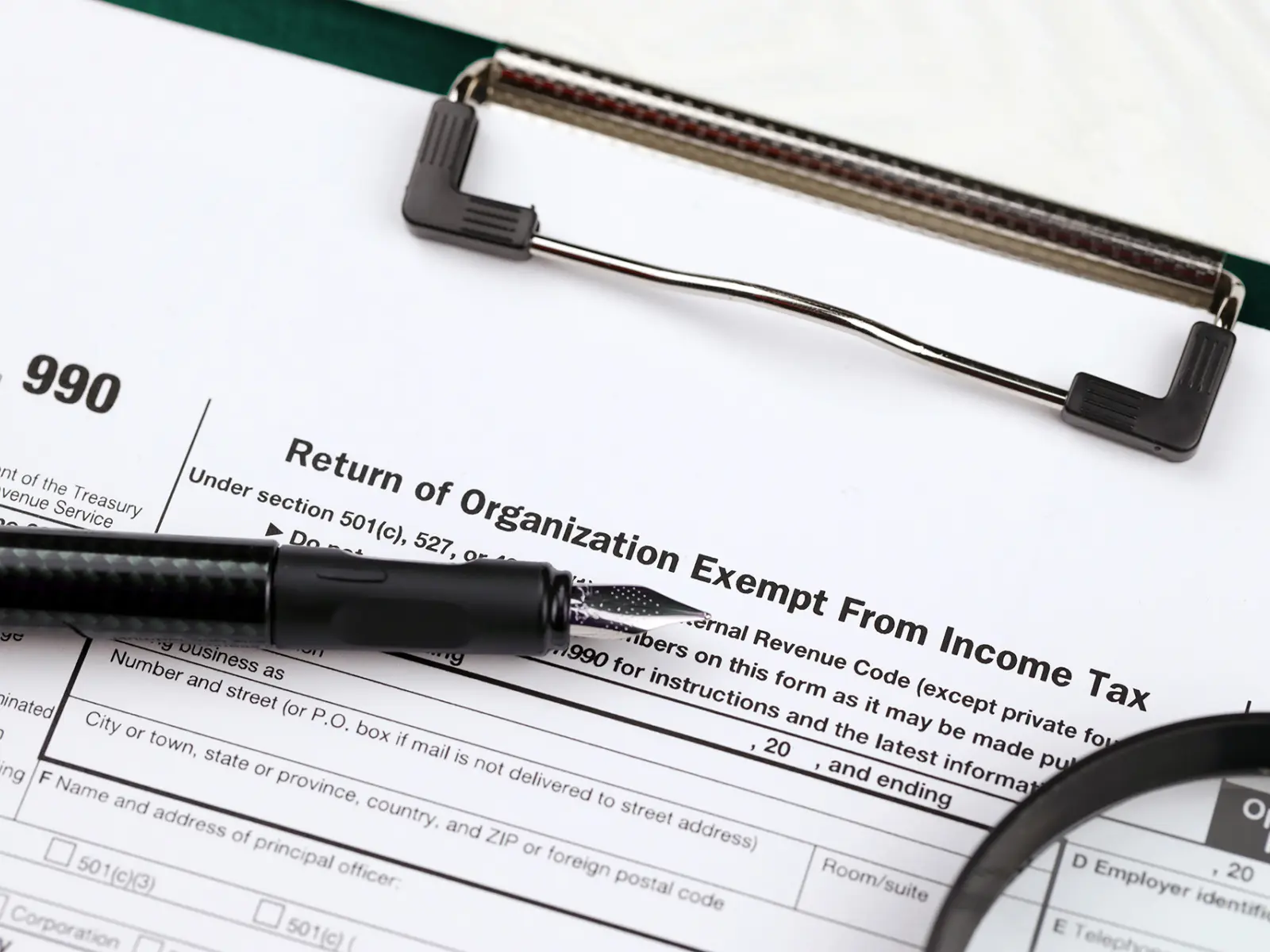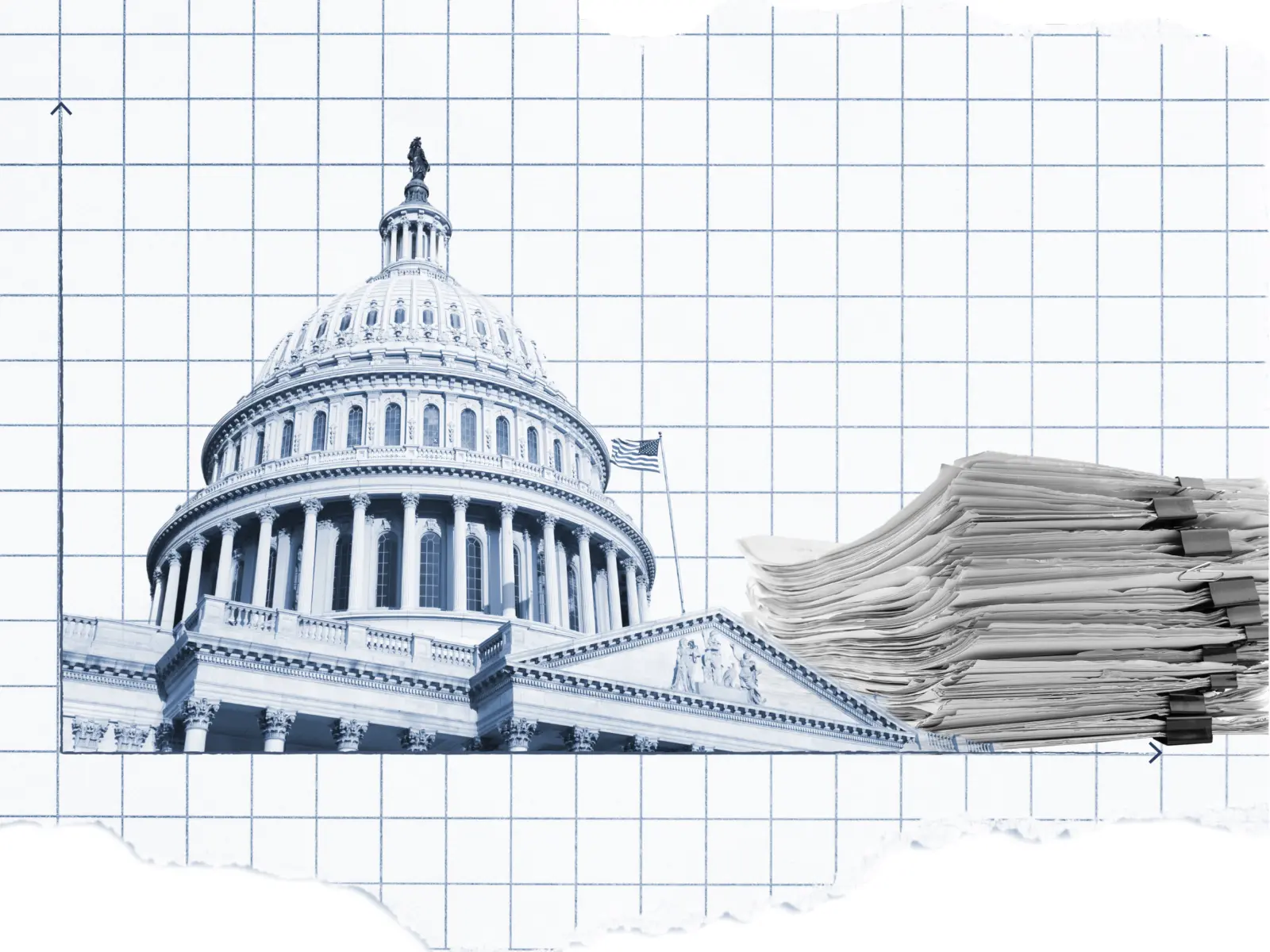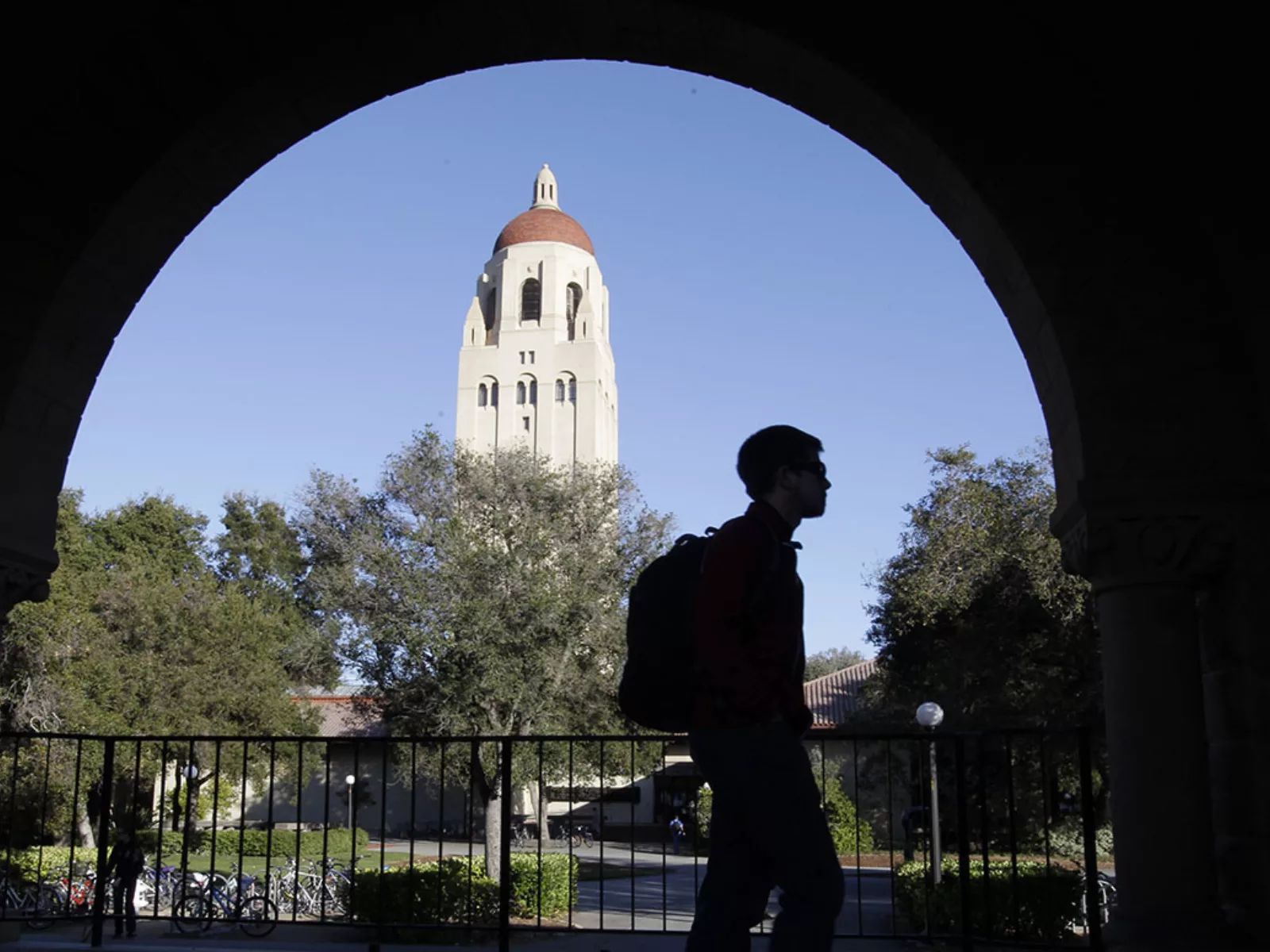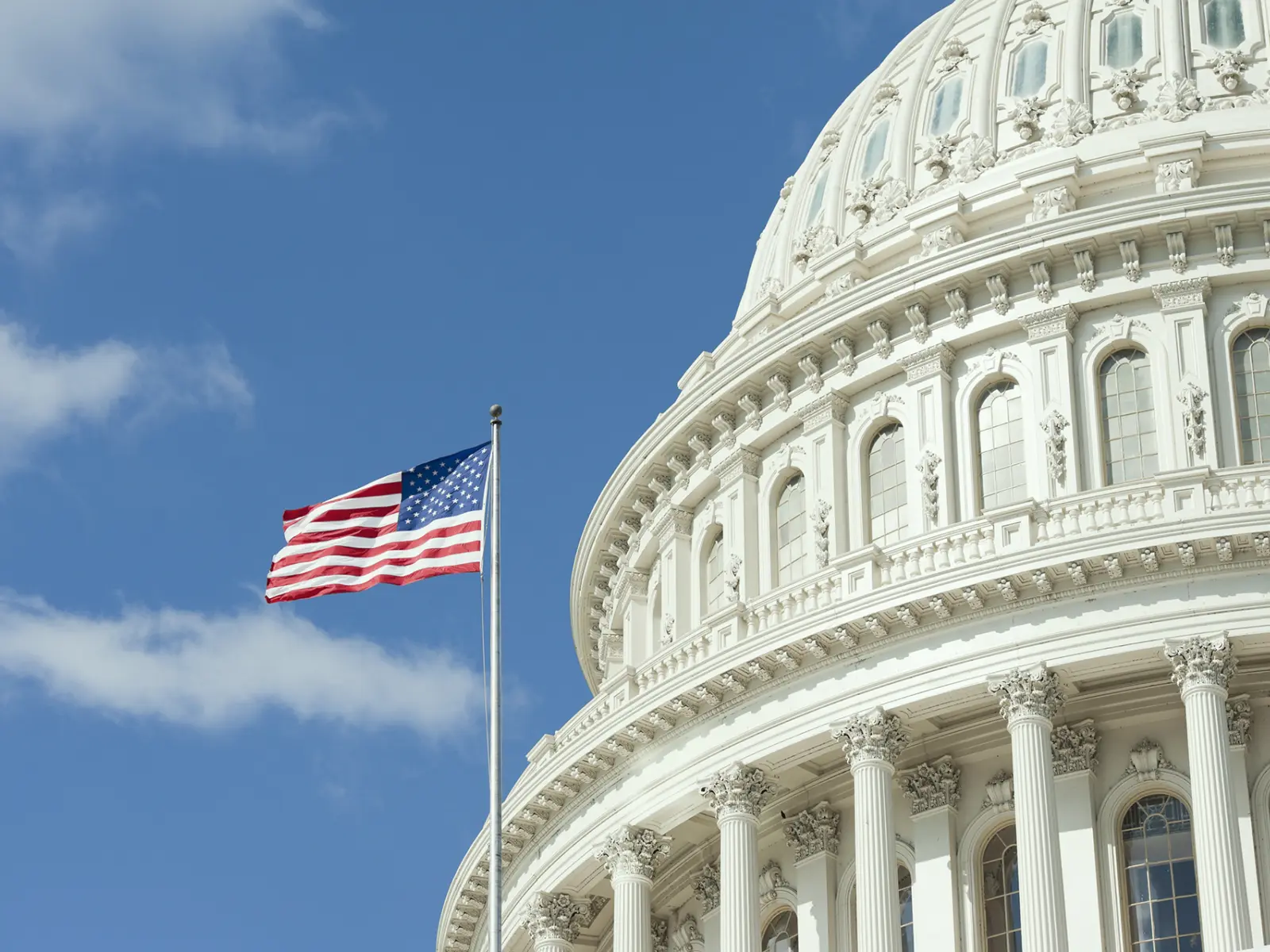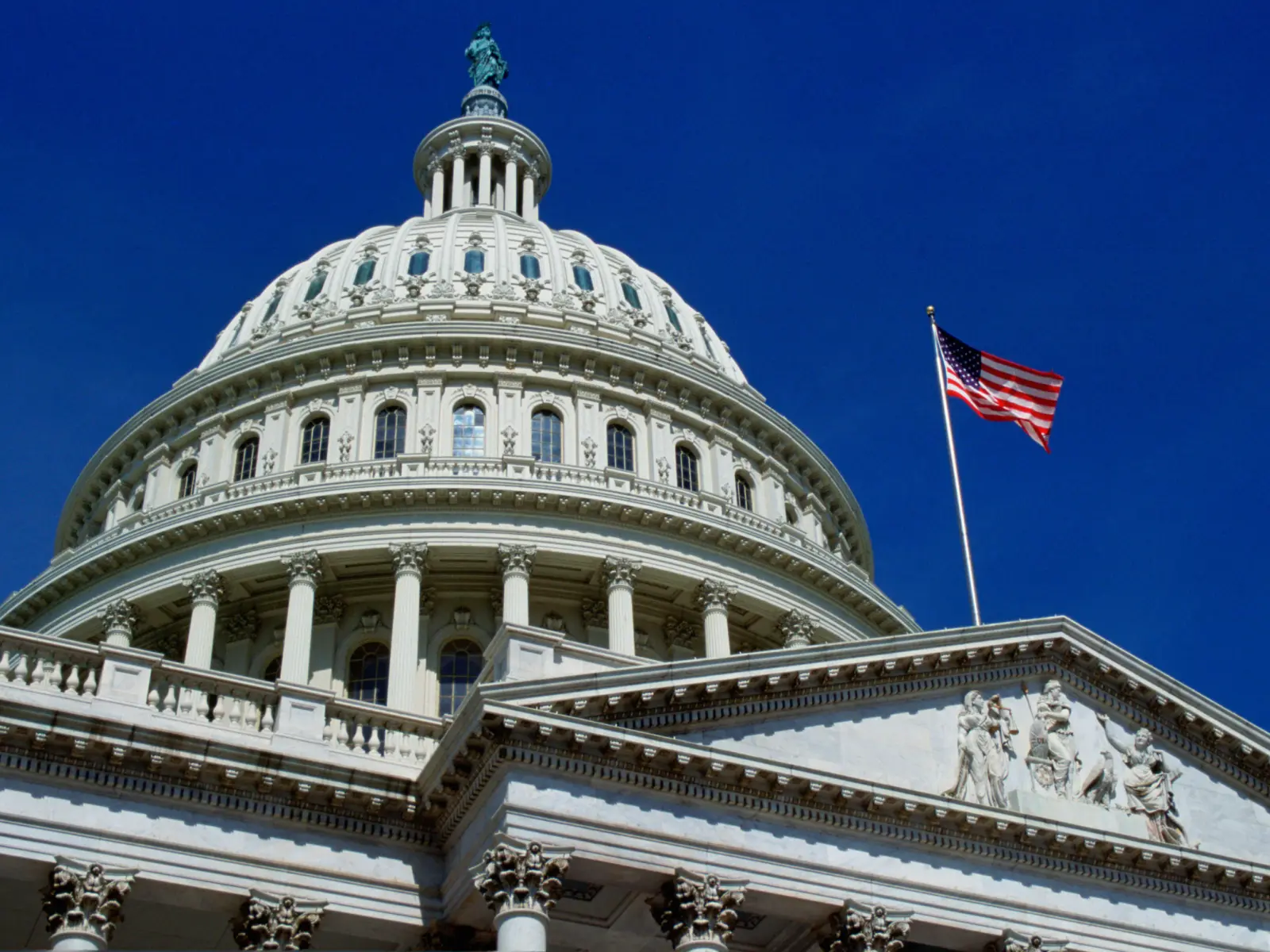As Congress refines its plan to extend the 2017 tax cuts, Republicans have emphasized two important goals: preserving tax relief for families and boosting economic growth. But recent analyses make clear neither of those goals can be sustained in the long-term without a serious commitment to fiscal responsibility. Absent a real commitment to cut wasteful spending and close tax loopholes, American businesses and families will see little of the job creation and wage growth that’s been promised.
The bottom line: the gains promised by pro-growth policies only realize their full potential if they’re paid for — otherwise, the impact of higher debt erodes the growth impact. And for American families and businesses, this means fewer jobs and less wage growth.
Research from The Budget Lab outlines the broader costs to Americans if extending the TCJA comes at the expense of fiscal responsibility. A March 2025 report finds that an additional debt burden roughly the size of extending the TCJA’s individual provisions (about 1% of GDP) would erode household purchasing power by up to $1,250 per year within just five years through an inflation tax. Worse, if the Federal Reserve responds by raising interest rates to curb inflation, mortgage payments could rise by up to $1,240 per year. Combined, these hidden middle-class tax increases outstrip the median tax cut as estimated by the Ways and Means Committee. Even worse, these effects compound over the longer run, significantly eroding families’ purchasing power.
Looking directly at the tax legislation current being considered by Congress, recent analysis from Tax Foundation finds that American incomes would increase by less than 0.05% — not because the tax cuts don’t encourage growth, but because the added debt “drives a wedge between the increase in economic output and the increase in American incomes” while failing to make permanent the pro-growth business tax provisions from TCJA.
It doesn’t have to be this way. The Penn Wharton Budget Model examined what would happen if Congress made the business tax cuts permanent. Like the Tax Foundation, it finds the long-term economic growth unlocked by permanently extending the TCJA’s business tax cuts would be entirely undermined by the economic drag from failing to fully pay for TCJA extension. On the other hand, when funded by cutting spending and reducing tax breaks in ways that don’t affect growth, the growth impact would be significantly stronger.
Scott Hodge, AV’s Tax and Fiscal Policy Fellow, encourages Republicans to take this risk seriously in a recent op-ed:
The latest economic report foreshadowing the negative impact of President Trump’s tariffs is giving congressional Republicans renewed impetus to move quickly on their Big, Beautiful tax cut bill. But if they do not offset the impact of the bill on the federal deficit, they risk making inflation worse and exacerbating price hikes. Voters, and the economy, might never forgive them.
Across the ideological spectrum, the pleas are growing for Congress to take this seriously. A recent paper by the Progressive Policy Institute, closely affiliated with fiscally responsible, centrist Democrats in Congress, also warns that if Republicans ignore the inflationary risk of unfunded tax cuts, they could repeat the political mistakes of Democrats under President Biden. “In isolation,” the report reads, “any one of Trump’s proposed tax cuts may poll well. But if they worsen inflation and further increase the cost of living, Republicans are unlikely to reap any political benefits.”
There’s a better way. AV’s plan for tax reform lays out real, evidence-based options to pay for pro-growth tax policy. We have identified 20 priority reforms—10 spending cuts and 10 tax loophole closers—that would generate up to $4 trillion in savings. These targeted reforms would allow Congress to extend the TCJA’s tax cuts without deepening the deficit, dragging down economic growth, or driving up the inflation tax.




